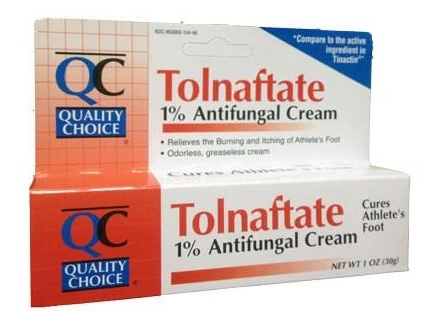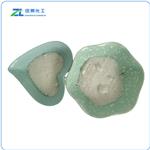
Tolnaftate
- Product NameTolnaftate
- CAS2398-96-1
- CBNumberCB4396231
- MFC19H17NOS
- MW307.41
- EINECS219-266-6
- MDL NumberMFCD00056611
- MOL File2398-96-1.mol
Chemical Properties
| Melting point | 110.5-111.5°C |
| Boiling point | 453.4±38.0 °C(Predicted) |
| Density | 1.1328 (rough estimate) |
| refractive index | 1.6970 (estimate) |
| storage temp. | Sealed in dry,2-8°C |
| solubility | Soluble in chloroform at 50 mg/ml. Sparingly soluble in ethanol or methanol |
| form | powder |
| pka | -0.35±0.50(Predicted) |
| color | white to off-white |
| Water Solubility | <0.1 g/100 mL at 22 ºC |
| λmax | 258nm(MeOH)(lit.) |
| Merck | 14,9519 |
| InChIKey | FUSNMLFNXJSCDI-UHFFFAOYSA-N |
| LogP | 5.142 (est) |
| EWG's Food Scores | 1-4 |
| FDA UNII | 06KB629TKV |
| ATC code | D01AE18 |
| NIST Chemistry Reference | Tolnaftate(2398-96-1) |





